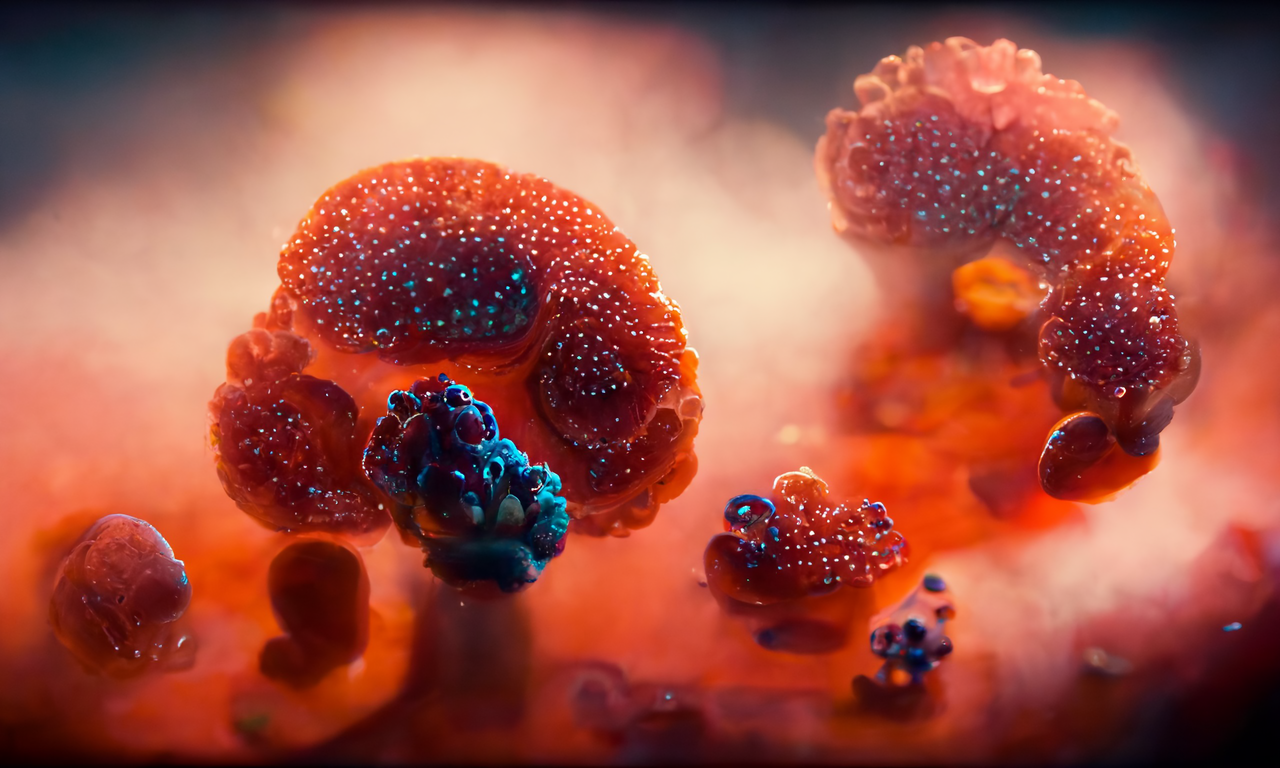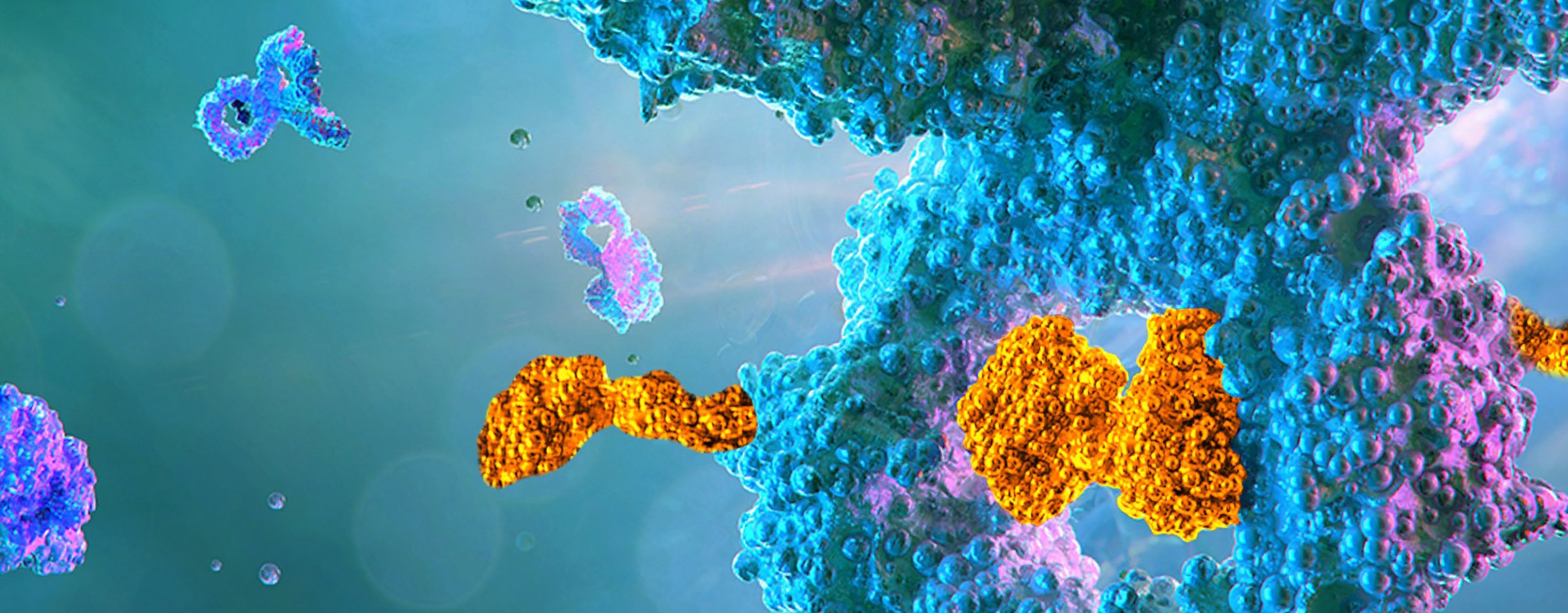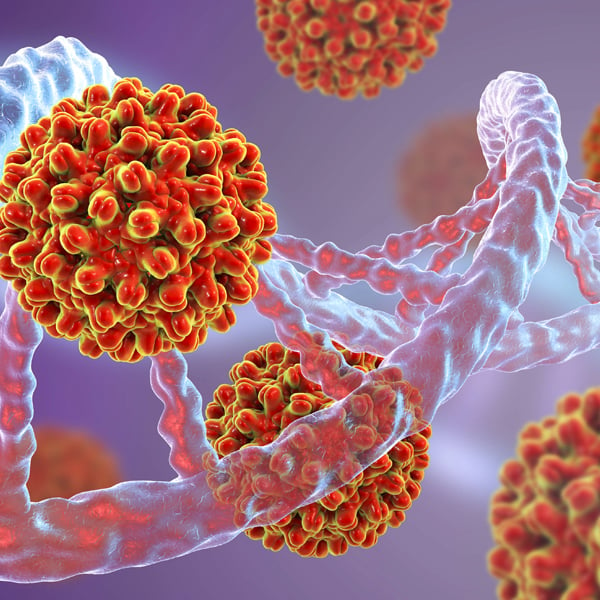Antibody-drug conjugates (ADCs) offer a potentially revolutionary advance in targeted cancer therapy as they combine antibodies and potent cytotoxic payloads to deliver drugs straight into cancer cells. Currently, there are 13 ADCs with FDA approval and more than 100 ADCs in various stages of clinical development. However, this promising new drug class faces significant development challenges, resulting in high attrition rates. Key obstacles include off-target toxicity and the emergence of drug resistance.
Successful development of complex ADC therapies will rely on the development of new, highly sophisticated preclinical models that allow researchers to identify the most promising drug candidates early on, make more informed decisions, and focus resources where they will make the most difference.
In the face of these challenges, organoids are emerging as invaluable tools, supporting rapidly expanding ADC development and unlocking new personalized therapies. This article explores the critical role organoids play in ADC development, highlighting recent advances and examining the strengths and limitations compared to other models.
Recent Advances in Organoid Models, Imaging, and Assays
As the three-dimensional cellular structures of organoids retain the identity and function of tumor structures, they allow researchers to overcome many of the limitations associated with using 2D cell lines. For example, they are better able to mimic tumor microenvironments. This is a crucial feature when it comes to understanding how ADCs penetrate and disperse within tumors. What’s more, as organoids can mimic normal cells as well as tumor cells, they are allowing researchers to assess the off-target toxicity of ADCs.
In recent years, the creation of biobanks has enabled rapid screening of multiple ADC candidates, accelerating drug development timelines and allowing researchers to prioritize the most promising drugs.
Similarly, imaging and assay capabilities are rapidly evolving, unlocking advancements across oncology research. We are seeing newly developed techniques, technologies and instrumentation for methods like liquid chromatography-mass spectrometry as well as advancements in technologies like positron emission tomography and near-infrared fluorescence imaging.
New advances are allowing researchers to understand more about ADC’s ability to bind with target antigens and be internalized by target cells, as well as how ADC molecules distribute over time within the body and how effective these treatments are against cancer.
Looking ahead, new systems which have been developed to co-culture organoids with cancer-associated fibroblasts and/or immune cells are expected to allow researchers to accurately predict how individual patients will respond to immunotherapies.
Using Organoids to Model Drug Resistance
Drug resistance remains a key challenge across most of the oncology treatments currently available. With ADCs, resistance can manifest before treatment or can be acquired after initial treatment. As ADCs have such potential, it’s vital that we understand more about the mechanisms of resistance and how these can be overcome.
Existing research has revealed several reasons for drug resistance, including antigen downregulation, drug transporter over-expression, defects in ADC trafficking pathways and alterations in receptor, apoptotic, or other signaling pathways. This research has predominantly utilized established cell lines, patient-derived ex vivo cultures, and xenografts with primary or secondary resistance to ADCs. While in vivo models excel at evaluating novel treatments against ADC-resistant tumors, in vitro models using immortalized human cell lines and ex vivo cultures have proven most effective for identifying specific resistance mechanisms.
The underlying mechanisms of resistance in ADCs are varied and complex and remain an important area of ongoing research. As organoids offer a bridge between in vivo and in vitro models, they are set to yield important information about the efficacy of future-generation ADCs.
Comparing Organoids and PDXs in ADC Drug Development
Historically, the development of new drugs has been hindered by a lack of 3D models that fully recapitulate the properties of tumors. To address this, researchers have developed organoid and PDX technologies to overcome the limitations of existing models. These are now becoming the gold standard of pre-clinical therapeutic development.
Modern PDX models retain the genotype and phenotype of donor tumors and remain stable after serial passaging, allowing for longer-term studies and larger experiments using the same tumor model. Research also suggests that PDX studies have a high level of translatability, successfully predicting actual patient outcomes.
Despite PDX being a preferred model for research, they are not without disadvantages. The time and cost required to establish the PDX tumors in large numbers of mice mean that these models can be cost-prohibitive and slow to complete. There are also limitations associated with PDX in the field of immunotherapies as they are commonly passaged into immuno-compromised mice.
In comparison, organoids can be established more quickly and demonstrate a higher success rate, offering drug efficacy results within 2-3 months of propagation. They are less expensive and labor-intensive than PDX models, unlocking high-throughput drug screening. Organoids can also be studied with an immune system component and cocultured with a patient’s autologous immune cells. Additionaly, the latest organoids reproduce the tumor microenvironment in a clinical setting, to accurately predict patient response to immunotherapies.
Conclusion
As ADC development continues to accelerate, organoids are emerging as essential tools that address many of the limitations associated with conventional models. Their position as a bridge between in vitro and in vivo models, their ability to incorporate immune components, and their success in modeling drug-resistance mechanisms mean they are uniquely placed to support researchers addressing the high attrition rates currently seen in ADC development. Looking ahead, they are poised to enable more informed decision-making early in the drug development process, to make it more efficient, cost-effective and successful in delivering effective therapies to patients.






